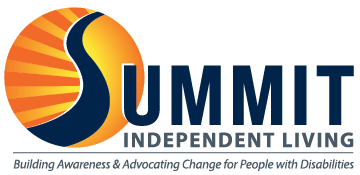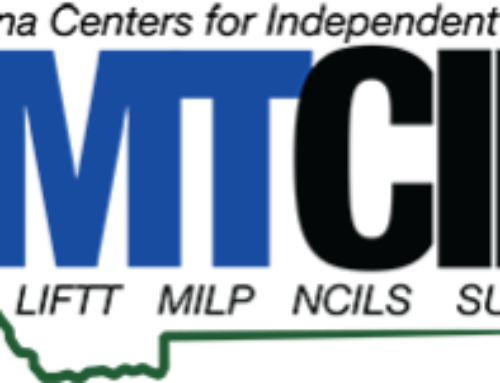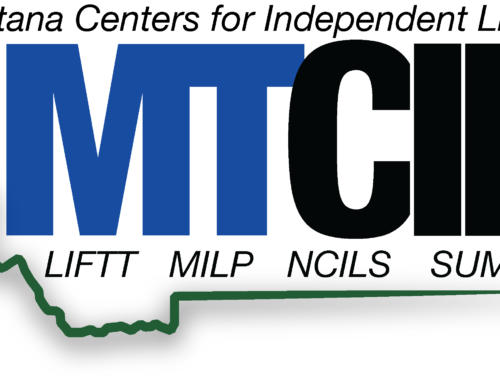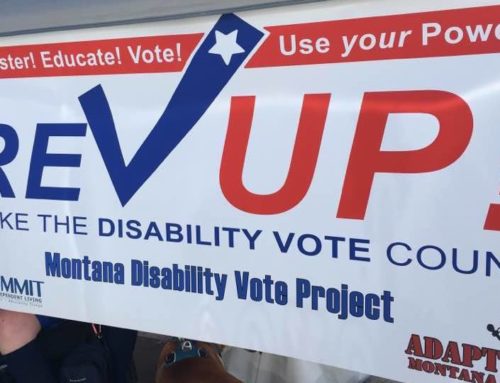
1) one zero-step entrance
2) doors with 32-36 inches of clear passage space
3) one bathroom on the main floor with maneuver space for a wheelchair
If a home does not have Visitability design features when constructed, the cost of home modification to accommodate someone who has acquired a disability can be overwhelming. Many of these people are forced from their homes into the restricting confines of nursing homes. This is inhumane and could be addressed in the way we build our homes. In addition, being able to access the homes of family and friends defines the meaning of community, but for people with a mobility impairment accessing a home with steps is either impossible or very difficult. Whether you’re someone in a wheelchair or on crutches, with a permanent or temporary disability, or someone in the later years of your life, these three features of Visitability are a must need.
Furthermore, Visitability is better design for all. Wider hallways, no steps to the main floor, and a bathroom with more room are necessities anyone can enjoy and create a safer environment in which to live.
Goals to Initiate Policy Change – Outreach to Centers of Independent Living & Other Disability Advocacy Groups
1) Collect a database of Visitability personal testimonies
With assistance from the Rural Institute at the University of Montana, we have created a personal testimony guide designed to offer people an opportunity to answer questions about why Visitability is important to them. We hope to capture stories from across Montana to illustrate why policy change is necessary. So far we have collected a dozen stories and used them during the Montana Qualified Allocation Plan (QAP) public hearing to get a “no step entrance“ requirement into the plan. The stories worked well, especially for people who couldn’t be at the hearing. Our long term goal is to develop a white paper to show Housing and Urban Development (HUD) why Visitability should be included in their requirements for all new home construction. The paper will include statistical evidence supporting Visitability along with these stories. The collection of these stories could also help with the passage of the Inclusive Home Design Act. Please help us collect more Visitability personal testimonies to be used to promote basic home access at a local, state, and national level.
Here’s the web link to access the Visitability testimony guide: http://www.surveygizmo.com/s/390040/visitabilty-interview
2) Connect via Facebook
We have created a Facebook page to update our Montana housing advocates of our progress as a task force as well as connect with advocates from others states to share ideas and newsworthy items. Visit our page and click to “Like” us. We would love to hear about the housing advocacy work you are doing!
Here’s the web link to access our Facebook page: http://www.facebook.com/#!/pages/Montana-Housing-Task-Force/143550692358230
For more information, contact:
Darren Larson at (406) 728-1630 or by email at dlarson@summitilc.org.




